Location, Location, Location: The Founding and Site Selection for Old Dominion University
By the 1920s, it was said that Norfolk was the largest city in the English-speaking world without an institute of higher education. While the College of William & Mary established extension courses in Norfolk in 1919, mostly for local teachers, it was competition from another school that spurred William & Mary to create a division in Norfolk. There were several attempts to establish a college in Norfolk, but it wasn’t until the late 1920s that they started to take shape. Robert Morton Hughes, Sr., a prominent Norfolk attorney, and A. H. Foreman, a lawyer and member of the Norfolk School Board, were two of the strongest proponents of a college in Norfolk. In early 1930, Atlantic University, financed by bankers from New York City, was being established in Virginia Beach. Hughes and Foreman saw this as a threat to William & Mary’s interest in the South Hampton Roads region, as Hughes wrote to William & Mary’s president, J.A.C. Chandler, to “act promptly on your junior college plan if you intend to act at all.”1
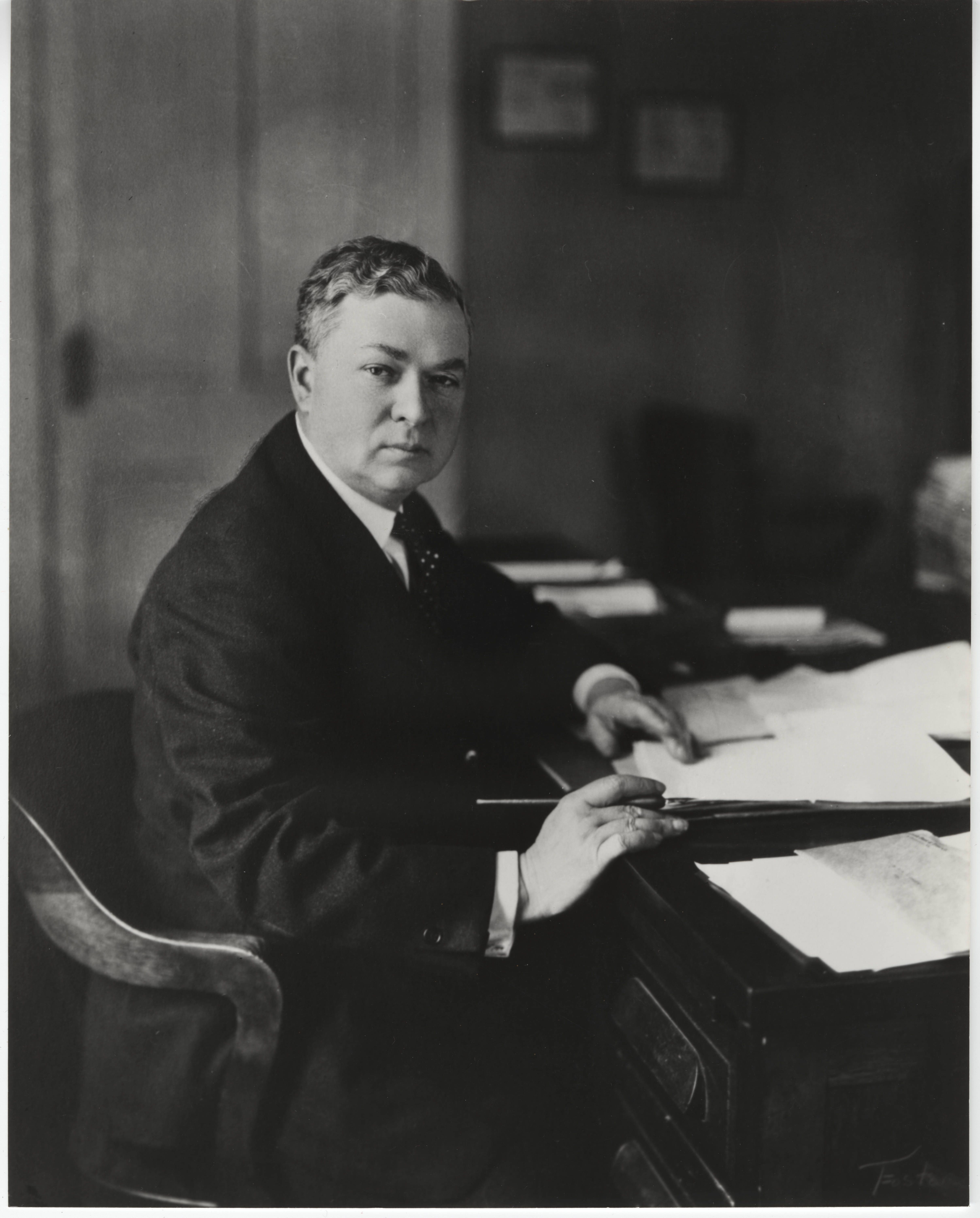
Figure 1. Dr. Julian A. C. Chandler, ca. 1930-1939.
In February 1930, Hughes and Joseph E. Healy, Director of William & Mary’s extension courses in Norfolk, researched two possible sites for the new division. The first was the old Boush Street School in downtown Norfolk between Freemason and Bute Streets (an engraving of the school can be found in the holdings of the Chrysler Museum of Art). The site was centrally located for potential students, the classrooms were adequate, but there was not enough room for parking. The cost for purchasing the school was $60,000. Healy, having noticed that Norfolk Public Schools had built a new Larchmont Elementary School, suggested the old Larchmont School on Hampton Boulevard as a possible site. He found the classrooms suitable, the parking lot large, and, being on the streetcar line, provided for excellent transportation (Norfolk Branch of William and Mary, Box 11, Folder 12, Robert Morton Hughes Papers, Special Collections and University Archives, Old Dominion University Libraries). The site was also only five miles south of Naval Station Norfolk. Foreman, along with Norfolk Mayor S. Heth Tyler, persuaded the City Council to turn the old Larchmont School over to William & Mary. President Chandler came to Norfolk in March 1930 to inspect the school building site. Noticing a 12-acre field south of the school, Chandler told Foreman to also buy the field for future expansion (Joseph Healy Oral History Interview), which ended up costing $52,000.
Joseph Healy oral history interview.
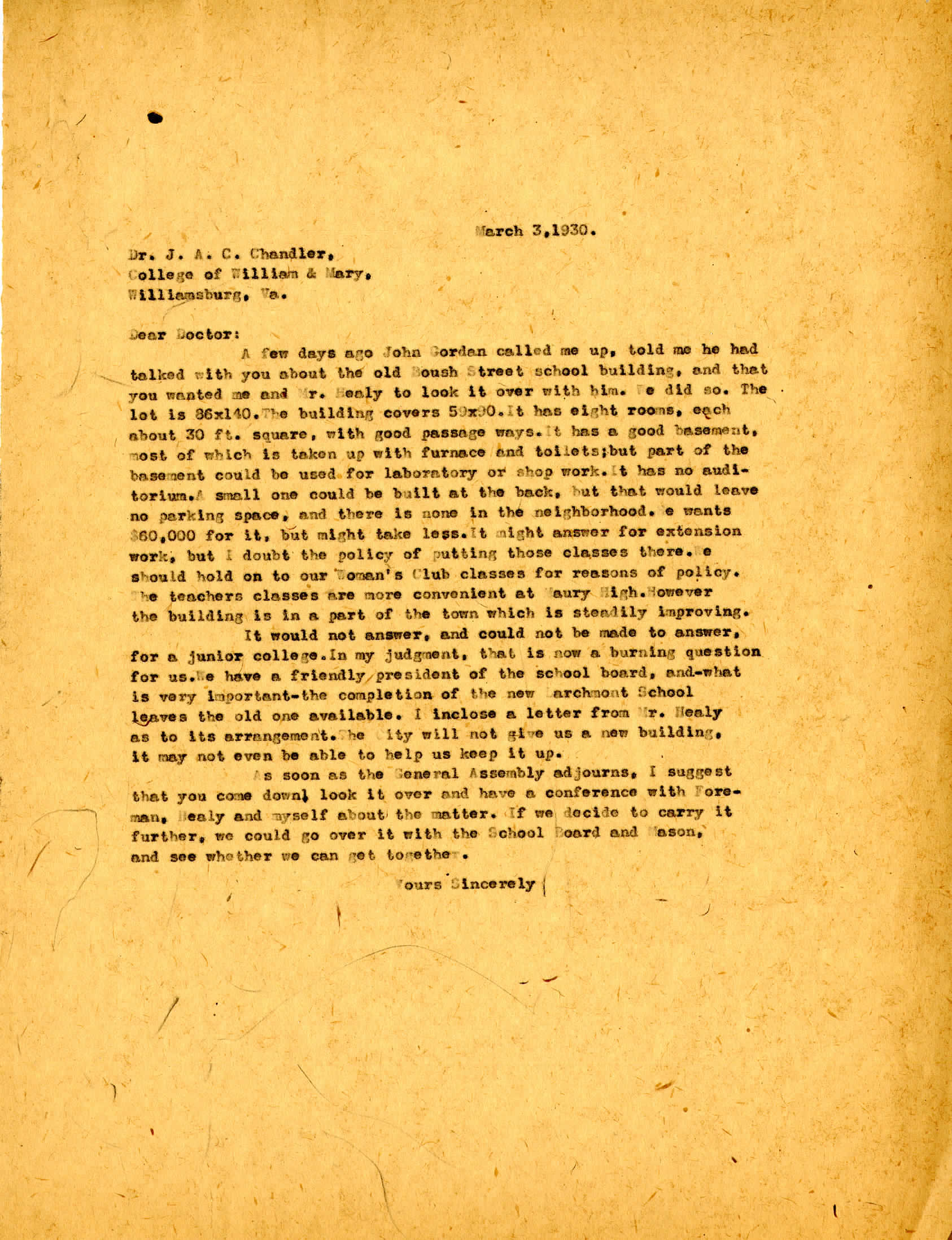
Figure 2. Letter from Robert Morton Hughes, Sr. to President J.A.C. Chandler on Boush Street School Site, March 3, 1930.
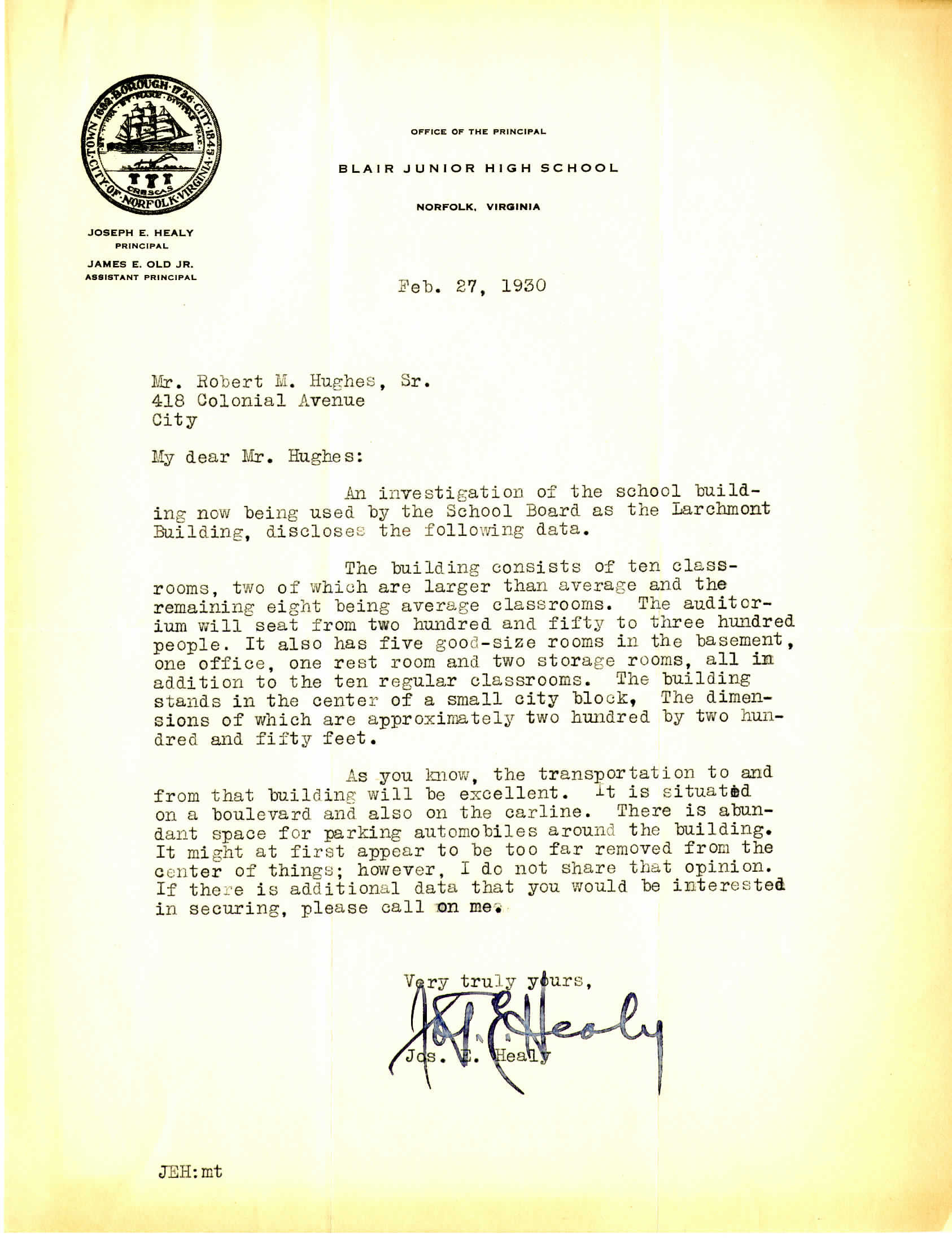
Figure 3. Joseph E. Healy to Robert Morton Hughes, Sr. on Old Larchmont School site, February 27, 1930.
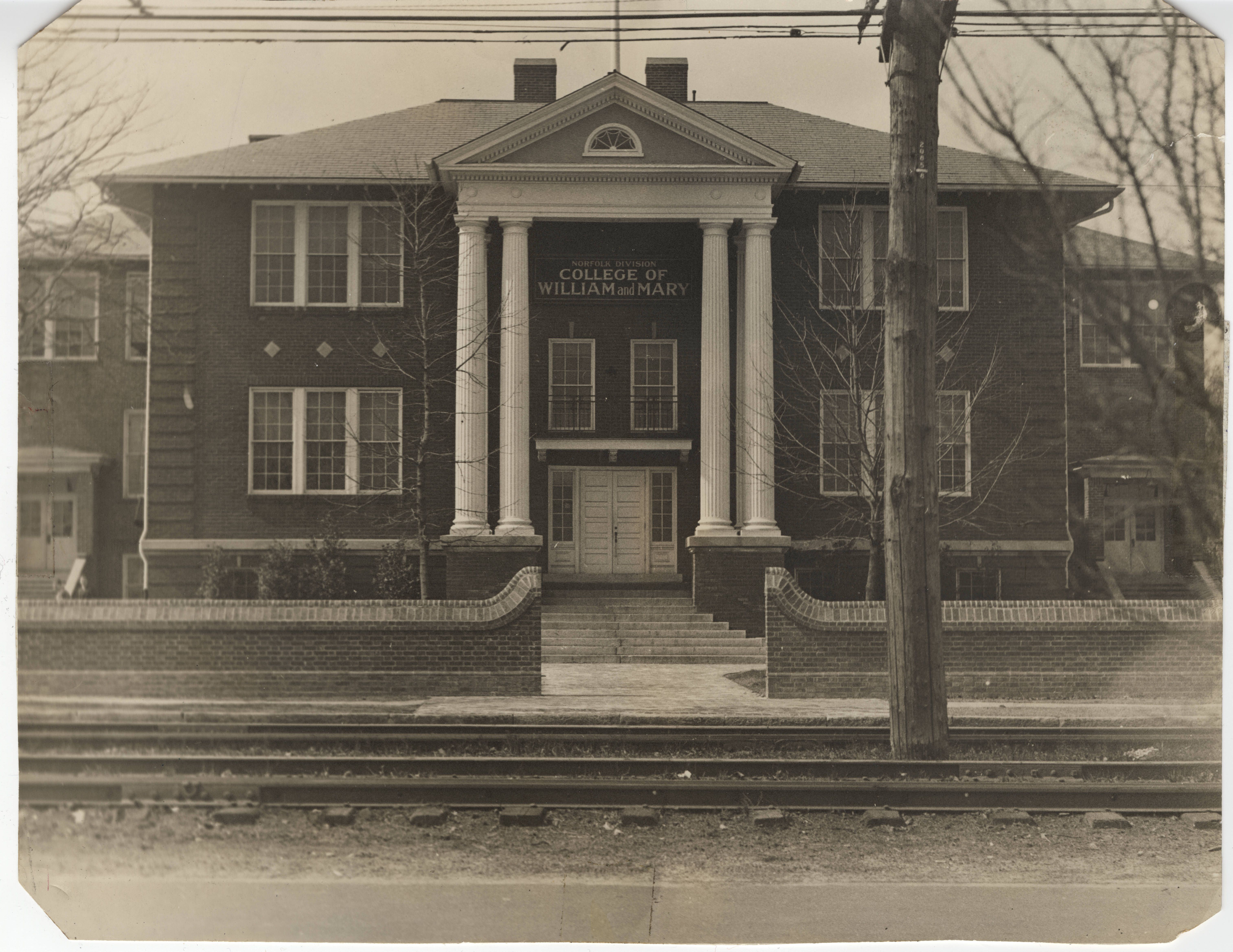
Figure 4. Exterior of Old Larchmont School, circa 1930-1939.
In June 1930, President Chandler charged Healy with employing an assistant, installing a telephone, and creating a catalog of courses offered. Chandler later announced to the press that the Norfolk Division of the College of William & Mary would open in September 1930. Professors from the Williamsburg campus would commute to Norfolk to teach courses. When classes began on September 12, 1930, 160 students had registered for classes. Having opened during the beginning of the Great Depression, the Norfolk Division was a more affordable option for parents. Tuition and fees were $50 a semester, with an optional $7.50 lab fee. Atlantic University, on the other hand, did not fare as well. Tuition and fees were lower at the Norfolk Division, and many students transferred to reduce their costs. The Great Depression also had a damaging impact to its financial backers, and Atlantic University closed in December 1931. The Norfolk Division purchased their lab equipment, supplies, and a portion of the library.2
As a division of William & Mary, similar to today’s community college model, students would take their first two years of courses in Norfolk, and then transfer to another institution for the last two years. In 1931, President Chandler partnered with Virginia Polytechnic Institute (VPI), to bring their engineering program to Norfolk. Under the agreement, VPI would provide the faculty to teach the first two years of their curriculum, and then the students would transfer to another college or university (Edward White Oral History Interview). Due to its proximity to Naval Station Norfolk, the inclusion of the VPI program enticed more students to the newly established Norfolk Division of the College of William & Mary and Virginia Polytechnic Institute. This relationship would last until 1963, a year after the division became the independent Old Dominion College, and is one of the reasons Old Dominion’s engineering program is known worldwide.
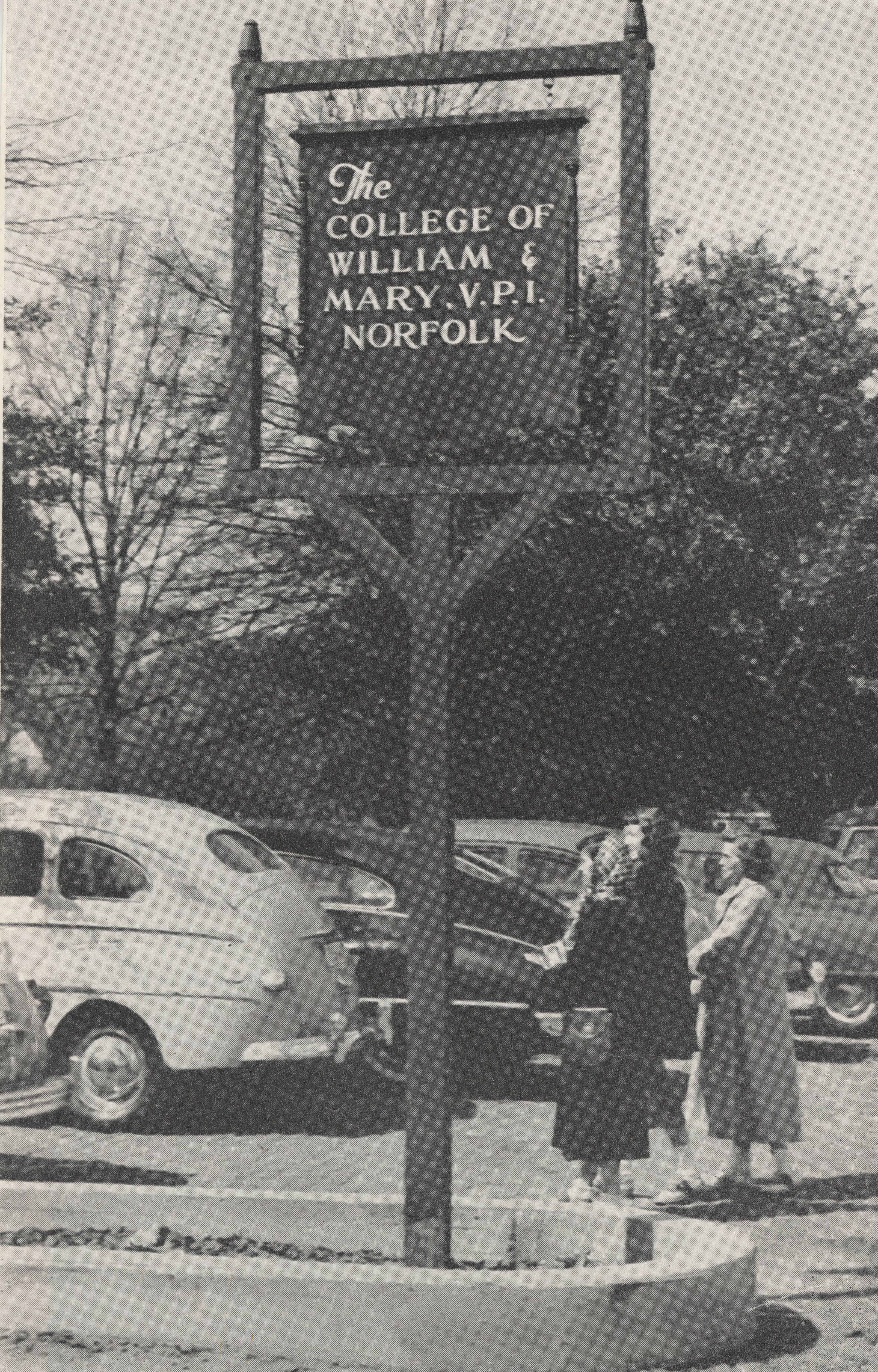
Figure 5. Norfolk Division of the College of William & Mary and Virginia Polytechnic Institute Sign, circa 1940-1949.
Steven Bookman has been the University Archivist at Old Dominion University (ODU) since 2015. Prior to coming to ODU, Steven was the University Archives Specialist at the College of William and Mary from 2007 to 2015.
Suggested citation
Please use the following as a suggested citation:
Steven Bookman, "Location, Location, Location: The Founding and Site Selection for Old Dominion University," Mapping the University, Roy Rosenzweig Center for History and New Media, George Mason University (2022): <https://mappingtheuniversity.rrchnm.org/narratives/odu-site/>.
Sweeney, James R. Old Dominion University: A Half Century of Service, (Norfolk, Va.: Old Dominion University, 1980). ↩︎
Sweeney, James R. Old Dominion University: A Half Century of Service (Norfolk, Va.: Old Dominion University, 1980). ↩︎